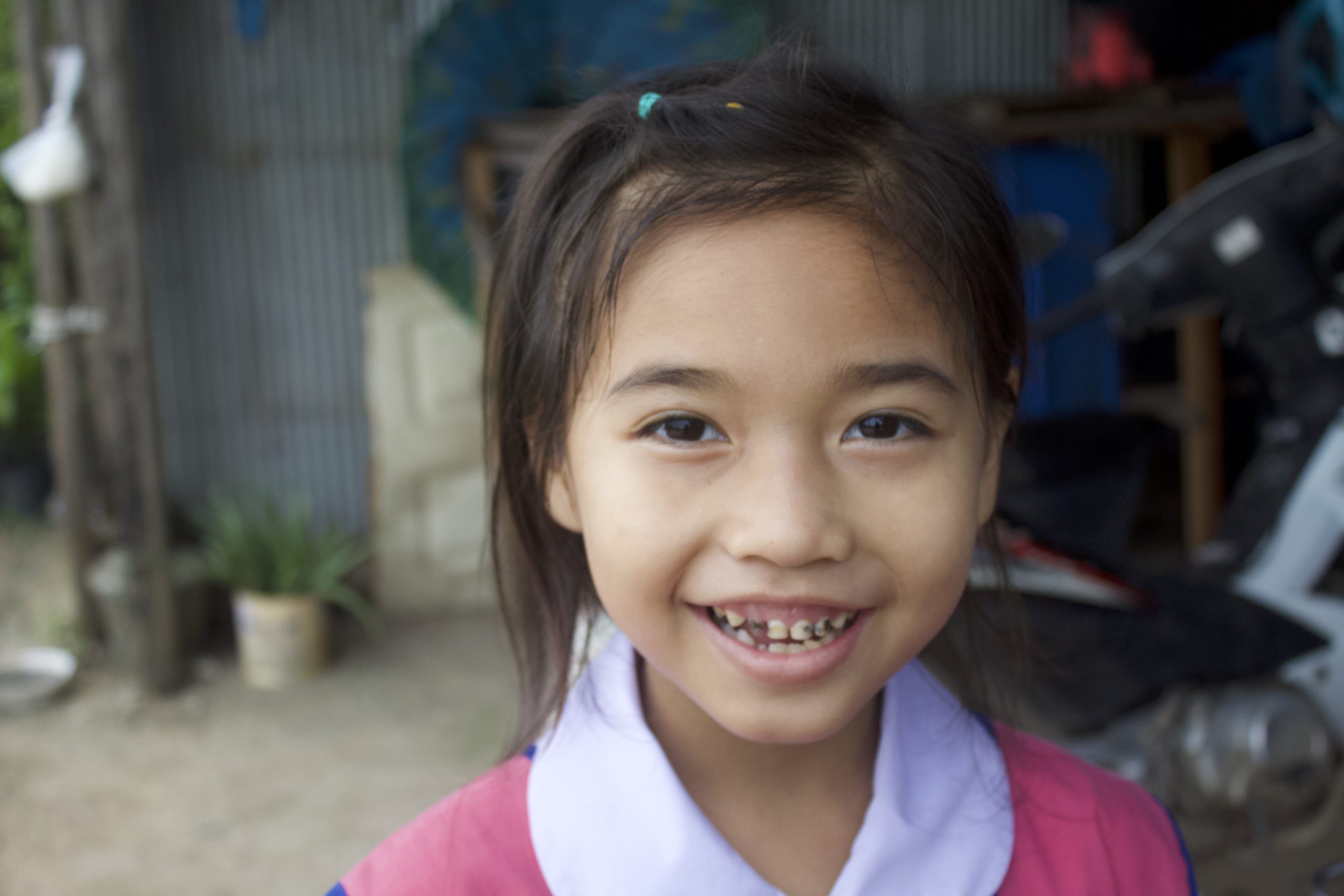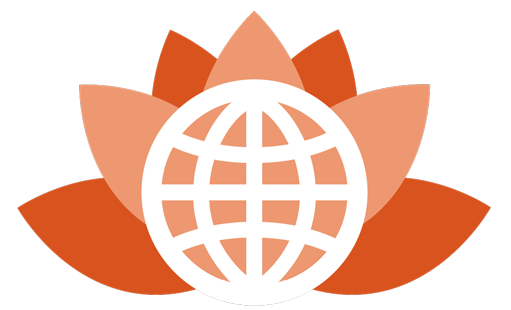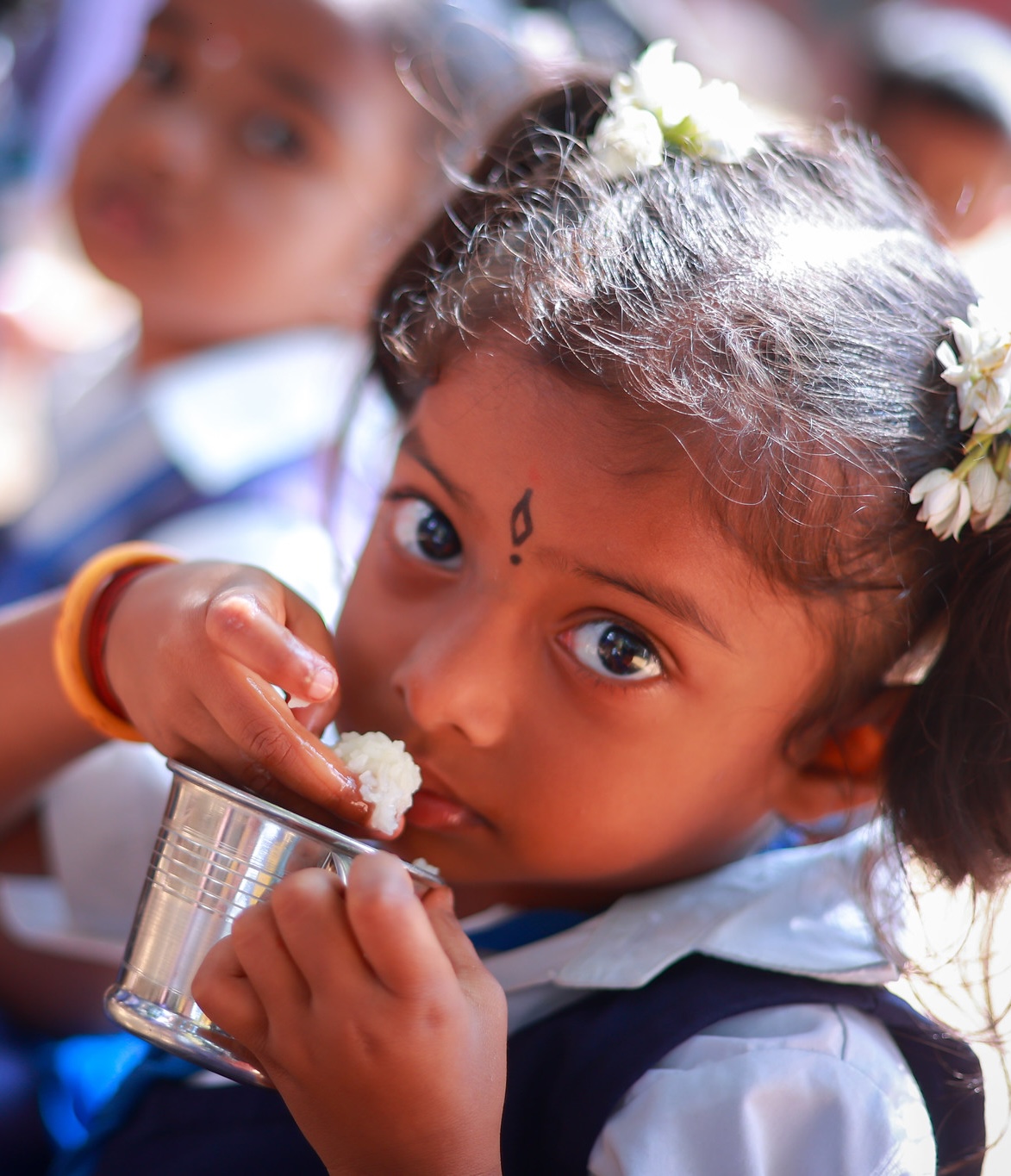By BGR Staff
The oppression and persecution of religious and ethnic minorities by military forces in Myanmar (Burma) has a long and violent history. According to the Internal Displacement Monitoring Centre, an estimated 401,000 people are internally displaced, living in isolated villages or in IDP camps, without access to sufficient medical care.
Since 1999, the U.S.–based Burma Humanitarian Mission (BHM) has partnered with the Back Pack Health Worker Team to provide health care to members of the country’s oppressed and persecuted ethnic minorities. In 2019, BHM supported 30 teams of backpack medics from the ethnic minority Karen, Kachin, Shan, Pa’laung, Mon, Chin, and Rohingya communities. The teams of five medics each travel to between nine and twelve villages each month, working with local village health volunteers and midwives to provide health care to people from their respective communities. Serving the most vulnerable areas of Myanmar, each team provides care to an estimated 2,000 people each year.
The regions where the medics carry out their work remain highly dangerous. Our partners write: “In January 2018, one BHM-supported medic was killed when a Burmese jet bombed the village where she was caring for the villagers. In July 2019, soldiers raped and killed a mother in Nam Sung village. In August 2019, soldiers fired mortars into a village, killing four family members in Mawhik. Such incidents occur weekly.”
Many medics relocate their children to Mae Sot, Thailand, where the medics’ headquarters is located. There, a school and boarding facility called the Children’s Development Centre (CDC) provides education, housing, and other support for displaced children from Myanmar, from preschool through grade 12. The school fills a critical need, as authorities in Mae Sot do not permit migrant children from Myanmar to attend local schools. While the classes are not formally accredited, students can earn a diploma through the Thai Non-Formal Education program or a GED program.
A Buddhist Global Relief grant over the past fiscal year provided an education to 55 children of backpack medics at the CDC in Mae Sot. The children received tuition, food, uniforms, and school materials through the grant. Thirty-two of the children are girls or young women.
The backpack medics generally belong to the ethnic groups they serve, and in addition to providing a basic education to these students, the CDC also prioritizes teaching the children about the cultures and histories of the ethnic groups to which their families belong.
Three-quarters of the backpack medics and staff are women, many of whom come from oppressed ethnic minority groups. Our partner writes: “For women from Burma’s isolated ethnic conflict zones, training and opportunities outside of the traditional maternal head-of-the-household role are limited to nonexistent.” By providing an education for these women’s children, this grant provides the women the support they need to pursue their valuable work.
Their children receive the gift of witnessing their mothers as role models of empowered leaders serving their communities in the work of social justice.
Seventeen-year-old Naw Wah Shar Leh is an eleventh grader at the CDC. She was 9 when conflict broke out in her home village in northern Shan state. Like many Burmese girls from conflict zones, she did not attend school before she enrolled at the CDC.
Naw Flora Hnin, 9, lives at the CDC and is in the fourth grade. She is also the daughter of a backpack medic in Shan state. She and her family are members of the Pa’laung ethnic group. “I have a lot of friends, and I like math and reading the best,” she says.
Six-year-old Nant Su Myat Noe Oe is in the first grade. She and her family are members of the Karen ethnic group. Her father works in the medics’ headquarters in Mae Sot.
Naw Tha Dah Bleh, 16, also lives at the CDC. Her father is a backpack medic in Karen state. She says: “The army and soldiers have been fighting around my village for a while.… That’s why we have no school. I feel safe at the CDC. It’s fun and I have a lot of friends. I like math the most in school.” She hopes one day to become a teacher.
This article is based on reporting by Burma Humanitarian Mission staff.





